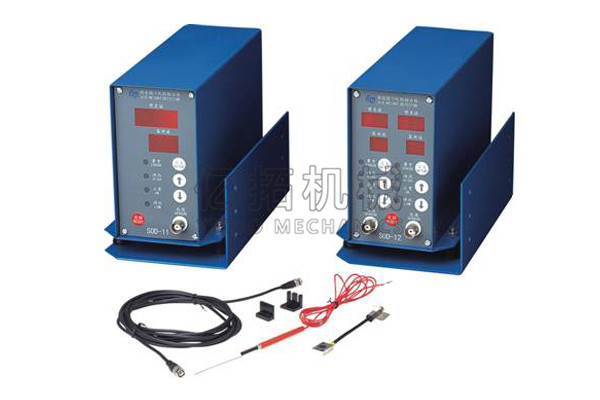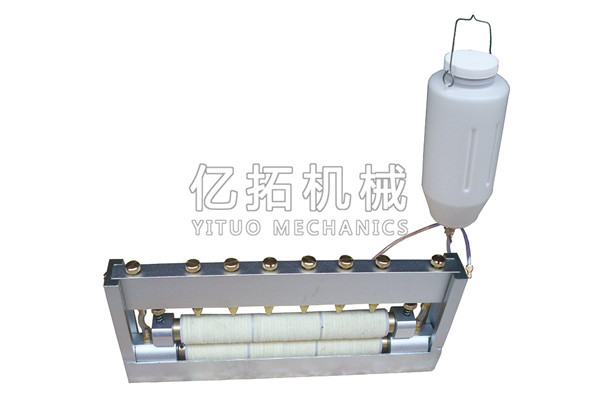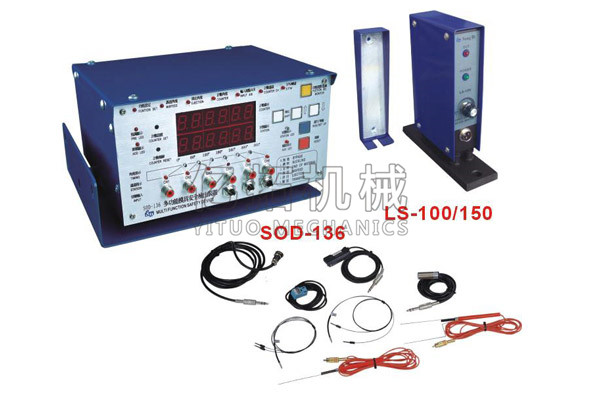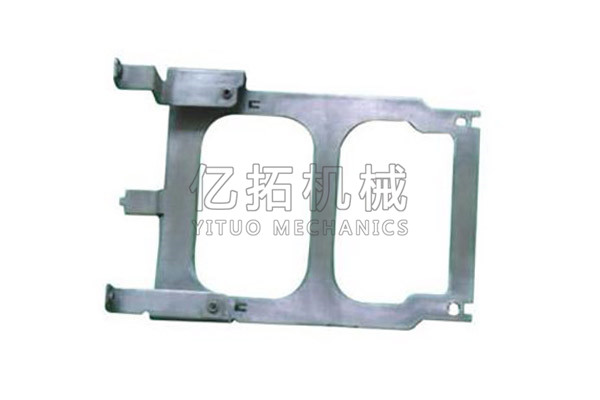Micro-electric bottom dead center detector
...

 Tel
Tel
Micro-electric bottom dead center detector

Features introduction:
The microcomputer bottom dead point detection device is easy to use and has a high decomposition capacity of 1μm. It is the only product of the same kind on the market that has passed the inspection of the national quality inspection department. The microcomputer detector can accurately monitor the changes that are difficult to see, such as product crushing, abnormal material thickness, and overlapping of punching parts during the high-speed automatic stamping process, and stop the machine in time to protect the machinery and molds, improving work efficiency and punching quality.
1. SD-401 single point detection Sing Sensor.
2. SD-402 double-point detection Dual Sensor. The microcomputer detector can accurately detect the changes that are difficult to visually detect such as metal scraps, abnormal material thickness, and overlapping of punching parts during the high-speed automatic stamping process.
Operation instructions:
1. Working distance setting: set the error setting button to "00", place the punch at the bottom dead center position, adjust and fix the distance between the SENSOR and the induction iron sheet to 0.8-1.2mm (display 80-120) green The "Normal" light is on.
2. Error setting range: +-01-+-99ūm. (Example 50, the monitoring value is +-50um)
3. After starting stamping, the first
4 times, the average height is automatically grabbed as the benchmark reference value, and the fifth time starts to detect.
4. Abnormal
indication:
(1) "SP" is abnormal punching speed.
(2) "+99" This means that the gap of "G" is too large (higher than +-99um) during the stamping process.
(3) "-99" This means that the gap of "G" is too small (less than -99um) during the stamping process.
(4) "OP" SENSOR is disconnected or not used.
(5) The working voltage range is AC85V-246V.
(6) Contact output 1C (AC250V 3ACOS¢=1.

...

...

...

...
Tel
WeChat scan
